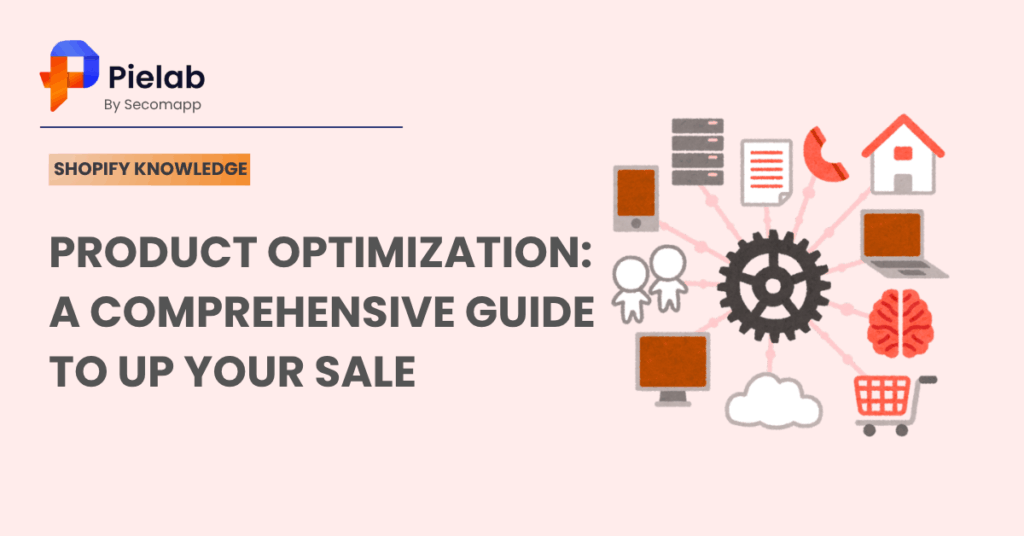What is Product Optimization?
Product optimization is the process of refining and improving a product to make it more valuable to current users and more attractive to new ones.
The specifics of the process vary. But generally, product optimization involves researching customer needs and preferences, analyzing data, assessing existing features, creating prototypes, and testing them to see how they perform.
For an example of product optimization in action, consider Inspire Fitness.
In order to learn more about user behavior, Inspire Fitness used UXCam’s session recordings, event analytics, and heatmaps. This aided them in developing a data-driven approach to product optimization that focused on feature engagement, instructor performance, and content production.
The outcomes? App crashes decreased by 40%, in-app time increased by 460%, and new user sign-ups increased by 181% for Inspire Fitness.
Why is product optimization important?
Optimize your performance
Teams can find and fix crashes, slow loading times, and performance bottlenecks through optimization. As a result, the app is more responsive and stable, reducing user annoyance and bad reviews while preserving the brand’s good reputation.
Boost conversion and retention
An app that is optimized keeps users interested and motivates them to use it often. Long-term company growth is facilitated by increased retention rates and chances to turn users into devoted clients.
Improve the user experience
A smooth, easy-to-use, and fulfilling user experience is guaranteed by effective product optimization. Teams can increase user engagement and loyalty by customizing the app’s features, design, and functionality based on an understanding of user behavior and preferences.
For instance, Airbnb conducted research in 2010 and found that a major source of user annoyance was waiting for hosts to approve booking requests. In response, they introduced a new feature called “Instant Book,” which led to an instant boost in revenue and bookings.
How to do product optimization
If you’re a direct-to-consumer brand or operate across B2B and retail channels, this guide will help you master product optimization in 2025 and beyond by breaking down five practical steps.
Step 1: Audit your product performance & identify optimization opportunities
Insight is the first step towards optimization. Businesses must carefully examine the performance of their products before making any changes. This entails evaluating performance indicators like average time on product pages, conversion, and bounce.
To determine where friction occurs in the user journey, it’s also critical to assess customer behavior using tools like heatmaps, click tracking, and session recordings.
For instance, it may be a sign that product details are either lacking or insufficiently appealing if users frequently abandon the page before they reach the “Add to Cart” button. One of the most important first steps in enhancing the product experience is identifying behavioral bottlenecks.
Comparing high-performing and low-performing products is also a smart idea in order to spot trends; perhaps specific layouts, images, or keywords lead to better results.
Once the audit is complete, give top priority to the products that have the best chance of generating a profit, either due to their high traffic and low conversion rates or because they are strategically significant to your portfolio.
Descriptions should speak directly to the needs, pain points, and aspirations of the user, emphasizing benefits as much as features. While using natural language, support your statements with details such as dimensions, materials, performance metrics, and use cases.
Visual content is equally important. 360-degree views, lifestyle pictures, and high-resolution photos all aid in the user’s understanding of the product. Animations and videos can further illustrate use and foster confidence.
One of the main reasons for product returns in e-commerce is inadequate product information. As a result, maintaining uniformity and clarity throughout your sales channels increases revenue and lowers customer dissatisfaction after a purchase.
Businesses can use AI to maintain consistency and SEO performance while managing and scaling their content optimization efforts across multiple channels with platforms like Inriver.
Step 2: Conduct a product content optimization
Customers’ perceptions are shaped by product content, which also affects their decisions to buy. In addition to a catchy title and a few images, a well-optimized product page also has rich media, compelling copy, comprehensive specifications, and structured data that is in line with search engine algorithms and user intent.
The goal is to create content that is easy to understand, persuasive, and educational. Create concise product titles that contain high-intent keywords without coming across as forced.
Step 3: Implement a product rating optimization
One of the most powerful forms of social proof for e-commerce businesses is customer reviews and ratings. They enhance search visibility, build trust, and often influence a customer’s final decision more than branded messages or promotional materials.
The challenge is that reviews do not always appear naturally. Therefore, brands need to actively pursue them.
Offering loyalty points or discounts in return for candid feedback, automating post-purchase emails, and streamlining the review submission procedure are some ways to achieve this. Customer satisfaction and retention are quantifiably increased for brands that use customer reviews to close the loop.
Once reviews are collected, they should be easy to read and smoothly displayed on the product page. Highlight the most helpful and positive reviews, and thoughtfully address negative ones. This shows potential customers that your brand values feedback and cares about their satisfaction.
To gain deeper insights, review data can also be analyzed. Tools like MonkeyLearn and Sprout Social can detect trends in customer sentiment, helping you spot quality issues or feature requests that might not come up in direct conversations.
Step 4: Use data-driven testing & performance analysis
Optimization is not a one-time task; it is a continuous process. Once you’ve implemented updates to your product pages optimization, measuring their impact through ongoing testing and performance analysis is crucial.
A/B testing, also known as split testing, is a method used to compare different versions of a product page element—like titles, images, or pricing strategies—to see which one performs better.
For instance, you can test whether a conversational product description drives more engagement than a technical one. Similarly, you might compare lifestyle images to standard product shots to see which leads to higher click-through or conversion rates.
Over time, these small experiments contribute to meaningful improvements in overall performance, helping increase conversion rates and user satisfaction.
Research by SolveXia shows that companies that consistently test and iterate are more adaptable to evolving customer needs and market trends. Tools like Optimizely, VWO, and Google Optimize make it easy to run such experiments without disrupting your live site.
To measure long-term success, it’s important to track key performance indicators such as revenue per visitor, return rates, and customer acquisition cost—ensuring that your optimization strategy delivers real business impact.
Step 5: Leverage AI & automation for continuous optimization
AI is reshaping the landscape of product optimization, enabling businesses to make faster and more informed decisions using real-time data and predictive insights.
In content creation, modern AI tools can analyze customer behavior, detect content gaps, suggest improvements, and even using AI generated content with trends assists in audience tailoring.
For product management, platforms like Inriver allow businesses to automatically update and distribute product information across multiple sales channels while keeping it consistent and accurate.
When handling large product catalogs, AI writing tools such as Jasper and Copy.ai can generate and personalize descriptions within seconds, making them essential for scaling content efficiently.
Beyond content, AI is advancing SEO and customer insight. Tools like Clearscope, Semrush AI, Surfer SEO and SearchPie help brands improve their search visibility, while AI-powered sentiment analysis uncovers how customers perceive your products and what improvements are needed.
Best tools for product optimization in 2025
The product optimization ecosystem is rapidly growing. Some of the top tools in 2025 include:
- Inriver – A robust Product Information Management (PIM) platform for scaling and syncing product content.
- Jasper, Copy.ai, Frase – AI-powered writing tools for content creation and SEO optimization.
- SearchPie, SEOAnt, TinyIMG, Avada SEO – Shopify-native apps built for product optimization, helping merchants improve SEO performance, site speed, and structured data setup with minimal effort.
- Trustpilot, Yotpo, Bazaarvoice – Tools for managing and showcasing customer reviews and ratings.
- Optimizely, VWO, Google Optimize – Leading platforms for A/B testing and performance measurement.
- Surfer SEO, Clearscope, Semrush AI – Tools focused on keyword intelligence and organic discoverability.
- Brandwatch, MonkeyLearn, Sprout Social – Platforms for customer sentiment and market analysis.
Conclusion
To scale product optimization effectively, businesses need a clear strategy, consistent branding, and the right automation support. When choosing tools, look for those that offer easy integration, centralized control, and flexibility to adapt as your catalog and channels grow.
But true optimization isn’t just technical—it’s human. Keep listening, refining, and creating value at every customer touchpoint.

